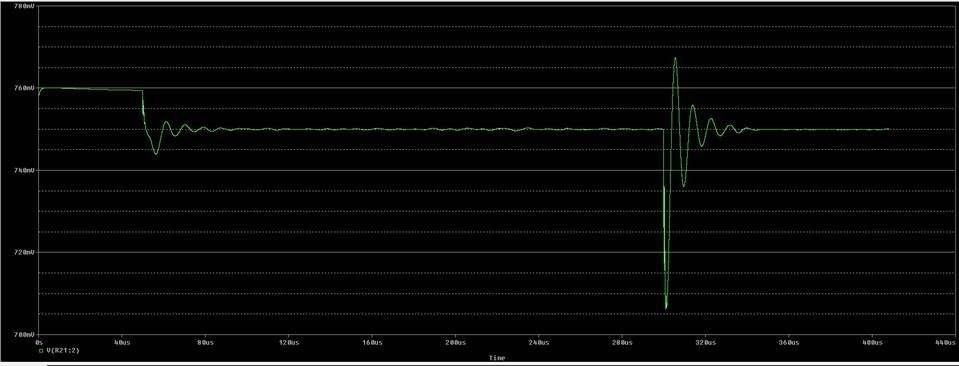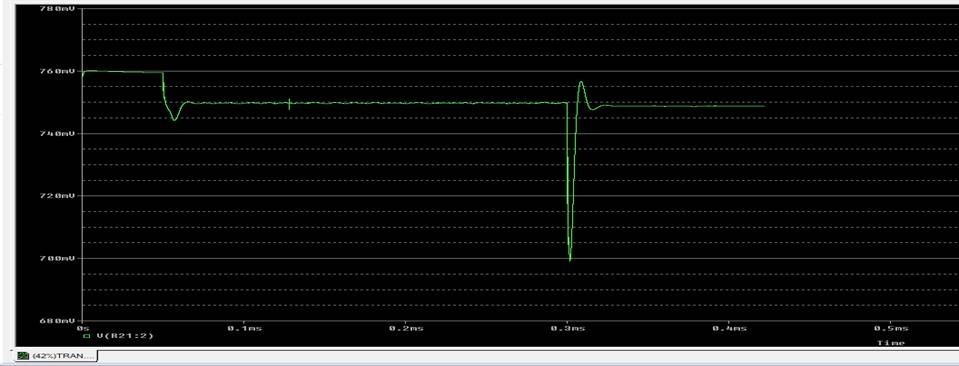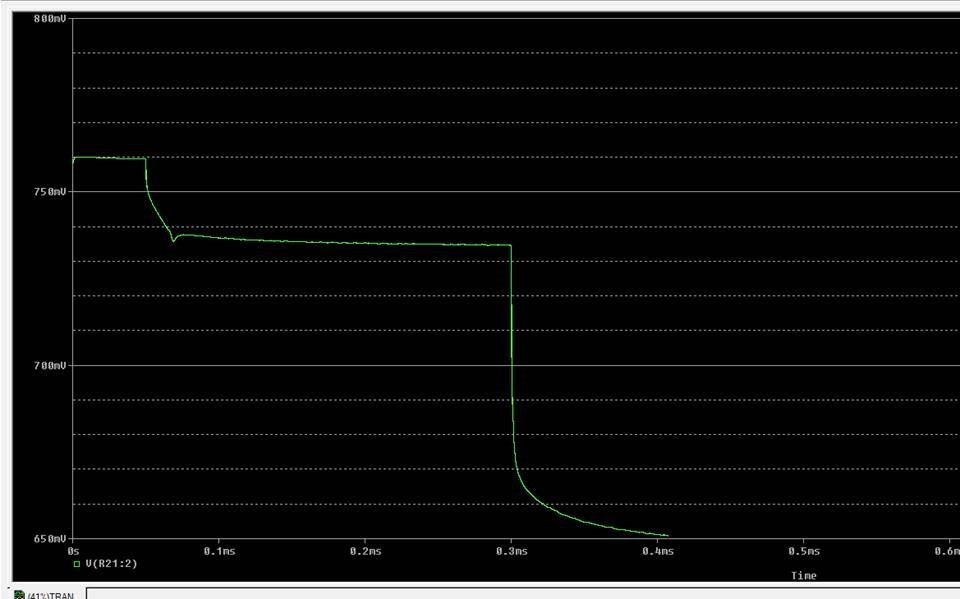Hi,
Will the over voltage monitoring functionality using POWER GOOD work even if the sense line (connected to FB_Bx) is floated?
Say I've enabled the over voltage monitoring functionality for PGOOD. If by mistake, in the 4-phase single output operation case, if the FB_Bx connection gets floated somehow, what happens? Does the buck VOUT level rise to near supply rail levels (~5V in my case, as my BUCK VIN is 5V) and thus potentially causing over voltage related damage to the load circuit and the PGOOD behavior will be unpredictable since FB_Bx is floating, or does the overvoltage monitoring mechanism for PGOOD still function and realize that the Buck output is going into over voltage condition relative to the set voltage even if FB_Bx is floated?
Thanks,
Anoop







